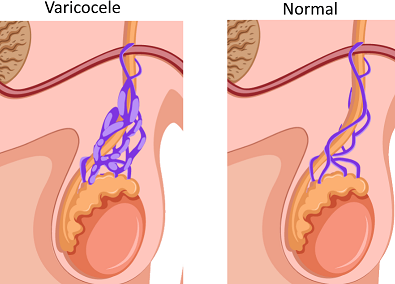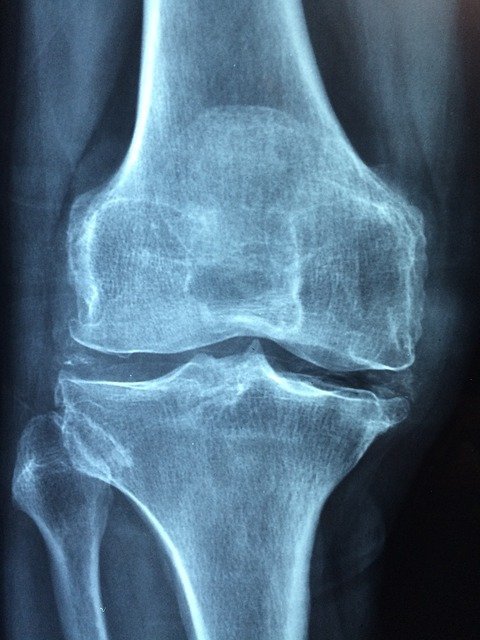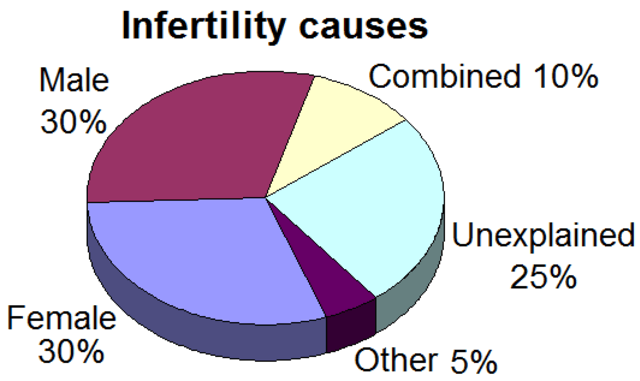- Cupping / Hijama Treatment Plan
- Body Part / Function Involved
- Symptoms and Effects
- Dietary Changes
- Changes in Lifestyle
- Alternative Remedies
Information on this site shall be considered as holistic, alternative and spiritual advice only. For medical advice and treatment a GP, medical professional and/or Certified Hijama Therapist should be consulted. In all circumstances where lifestyle changes, supplements, or other foods are suggested your GP should be consulted. Client Safety is the number one priority.
Cupping / Hijama Points Treatment Plan for Varicocele
Allow 2-4 weeks between sessions – longer if required. Hijama Points shown for each session should ONLY be used to guide the therapist. Body size, cup size, and any other conditions need to considered and appropriate care and attention taken. The number of sessions shown can be increased or reduced depending on the condition of the client.
Complete Treatment Plan
Click here for Session 1Click here for Session 2
Click here for Session 3
Click here for Session 4
Click here for Session 5
Standard Wet Points – 1,55,6,11,12,13,28,29,30,31,125,126
Click here for Hijama Points on the front of the bodyClick here for Hijama Points on the back of the body
If the client has a complicated history and numerous concerns then it is a good idea to use our online consultation service – click here.
Which body part or function is involved in Varicocele?
The function of male reproductive organs is to produce sperms and store them before moving them for further development. The scrotum is a sac of skin that holds two testicles the factories for the production of sperms and testosterone a male hormone. From the testicles, these sperms travel via a tube called epididymis where they hit their maturity. These sperms then move towards the prostate gland through a tube called vas deferens and when the male ejaculates the sperms are mixed with the seminal fluid in the prostate to form semen. This semen moves through the urethra and comes out from the penis.

The vas deferens and testicular artery that transport the blood to the testicles are held by the spermatic cord. Also, the pampiniform plexus is the group of veins involved in draining the blood out of testicles is present in the spermatic cord. The temperature of the scrotum differs from the rest of the body for optimal production, maturation, and function of the sperms by the testicles. The temperature in the scrotum is always about five degrees lower than the belly and pelvic area. The cooling in this area is maintained by the pampiniform plexus that works as a heat exchanger and cools the blood in the testicular artery before it reaches the testes. The optimal functioning of this system ensures the production of healthy sperms while in case of any impairment in these veins like in the case of varicoceles the temperature of the testicles increases leading to low sperm production and infertility in men.
What are the symptoms and effects of Varicocele on the body?
An abnormally enlarged vein inside the scrotum of a male is named varicocele. The scrotum is part of the reproductive system of males holding testicles. The veins involved are called pampiniform plexus and around 10 to 15 in every hundred males get a varicocele as happens in the case of varicose in the leg. When any of the veins of the pampiniform plexus become enlarged it is called varicoceles.
Varicoceles also cause the vein to get swollen and twisted like varicose in the legs. Varicoceles tend to affect boys in their younger age when they are hitting puberty and may grow larger with time and more in number. The left side of the scrotum is most commonly affected with varicoceles compared to the right side as the anatomy of the male scrotum differs on both sides. In rare cases, it can also affect both sides of the scrotum equally. Most varicoceles are harmless and do not any problem but, in some cases, it can be painful with swelling, affect fertility in men, and cause shrinking of one testicle or slower growth.
The spermatic cord that holds the veins, arteries, tubes, and nerves forms a connection and ensures blood circulation towards or away from the testicles. The veins present in the body transports the blood towards the heart and to keep this flow unidirectional there are valves present in these veins blocking the backward flow of the blood. These valves can fail sometimes and the blood that was supposed to upwards can reverse pooling out in the veins and causing them to grow larger and swollen. This is what varicocele is all about.

The sign and symptoms
Most of the time there are no symptoms in the men having varicocele and remains unnoticed even. In rare cases, it can cause symptoms like in hot weather or after doing heavy exercise, or after sitting or standing for a longer time.
- Minor pain in the testicles
- The affected testicle appears smaller in size due to altered blood flow
- Discomfort in the affected side of the scrotum
- Painful testicles
- Swelling
- When touched, the dilated veins in the area are felt like a bag of worms
- Feeling heaviness in the scrotum.
What changes in diet can help improve symptoms of Varicocele?
Taking a healthy diet keeps a person out of various health-related problems. To improve varicoceles symptoms, it is important to take a diet that is rich in antioxidants and anti-inflammatory elements and food that improve blood circulation and keeps the veins healthy. For anti-inflammatory function Include food like barriers, cabbage, ginger, garlic, tomatoes, onions, cod liver oil, olive oil, nuts, whole grains, turmeric, and fatty fish.
Changes in lifestyle which can help Varicocele
Adopting certain lifestyle routines can help improve varicocele like avoiding activities that trigger the condition. Avoid doing heavy exercises, wearing clothing like fitted underwear or jockstrap to eliminate the symptoms. Applying cold packs to the scrotum may help a person feel better and reduce pain or swelling. Do not apply ice directly to the skin wrap it in a piece of cloth then place it on the affected area to avoid harm.
Possible alternative remedies for Varicocele
To cure and improve the varicoceles symptoms naturally consider:
- Doing regular yoga
- Take supplements of horse chestnut
- Taking a cooling shower to reduce the body temperature
Over-the-counter medicines like acetaminophen or ibuprofen may be taken for any minor scrotal or testicle aching. The health care provider may recommend surgery if the condition is painful or negatively impacts a person’s life.




